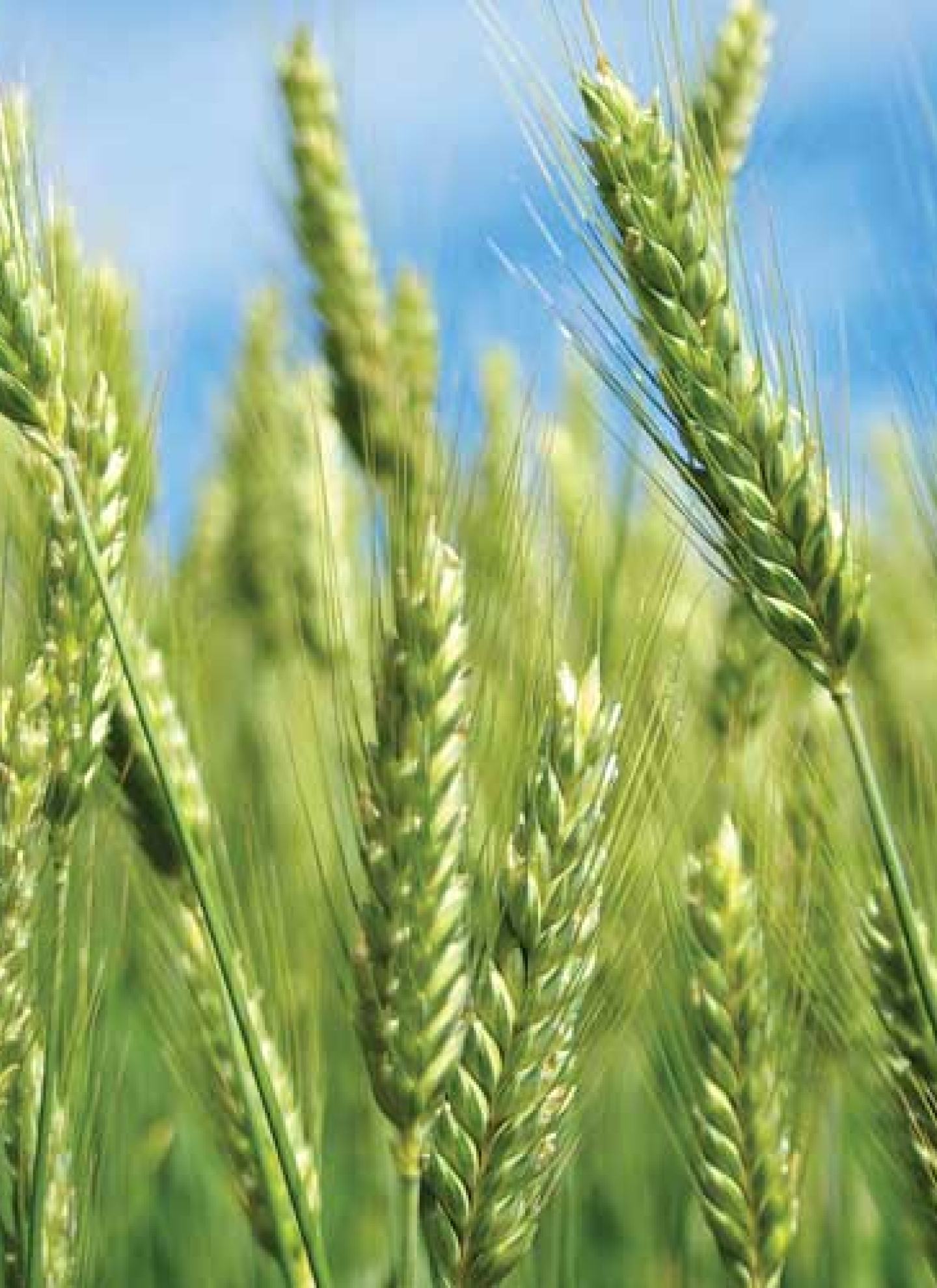Quick Facts
- The herbicide is taken up through both plant roots and emerged shoots to provide very effective weed control
- In certain crops it can be applied post-emergent to control late germinating weeds
- Has good compatibility with many other herbicides increasing the spectrum of weeds that can be controlled in a single pass
- Is suitable for use in drill, sod sown, dry broadcast and aerial sown rice
product specification
- Active constituent: 480 g/L Clomazone
- Solvent: 450 g/L Hydrocarbon Liquid
- Formulation type: Emulsifiable Concentrate (EC)
- Pack size: 5L
APVMA Code: 49604/127877
Jump to
Product Overview
Magister® Command® 480EC Herbicide is a short residual herbicide that causes bleaching or whitening of the foliage of susceptible plants. Clomazone, the active constituent in Magister® Command® 480EC Herbicide, is a systemic herbicide taken up through the roots and emerging shoots of target weeds and then translocated upwards. Weeds will emerge but the leaves of affected plants turn white, and the plants will eventually die. Clomazone is less effective when applied to the foliage but can cause bleaching of emerged crop. Clomazone inhibits the carotenoid biosynthesis pathway and is classified as a Group 13 herbicide
Crops
Rice
Potato
Cucurbit
Green beans
Always refer to the product label for an official listing of crop usage, restrictions and precautions.
Full crop listing
- Rice
- Potato
- Cucurbit
- Green beans
- Oilseed Poppies
- Navy Beans
REGISTERED STATES and territories
- Australian Capital Territory
- New South Wales
- Northern Territory
- Queensland
- South Australia
- Tasmania
- Victoria
- Western Australia
Always read and follow label instructions.
FMC, the FMC logo and Magister® are trademarks of FMC Corporation and/or an affiliate.

